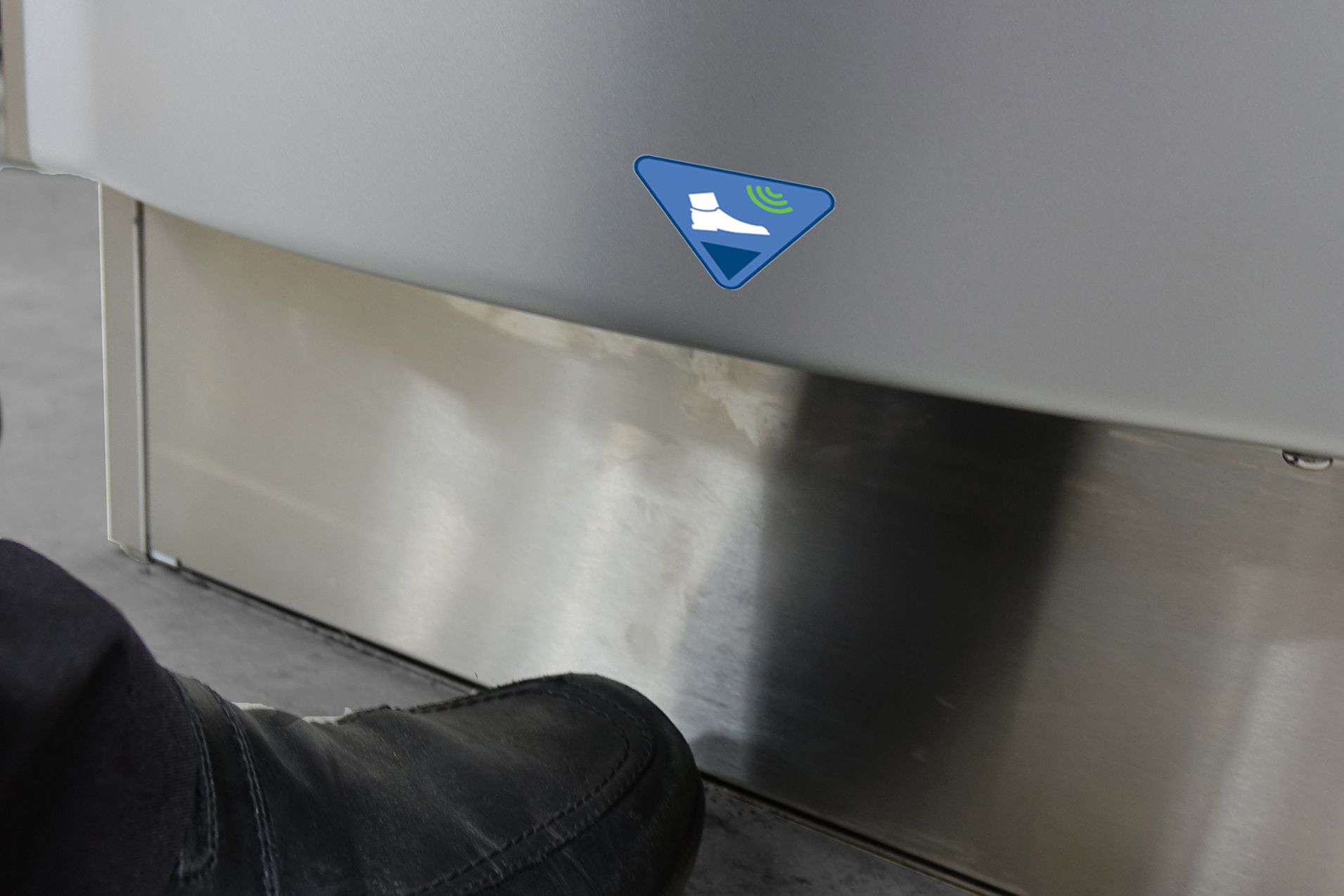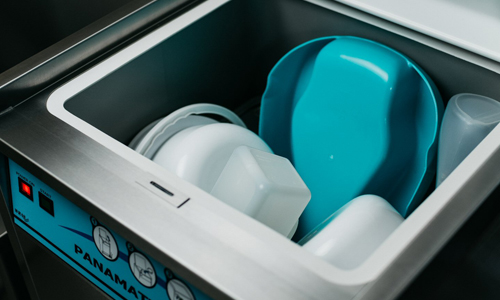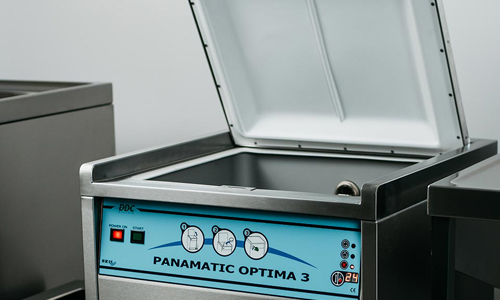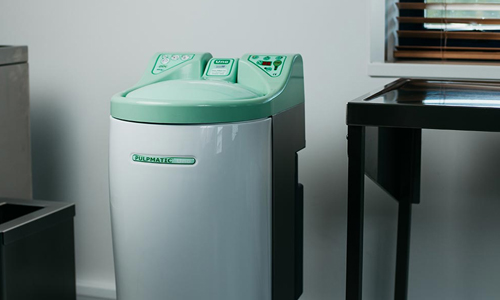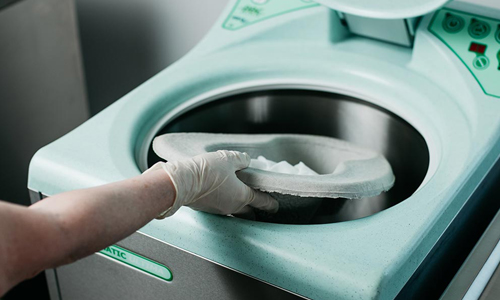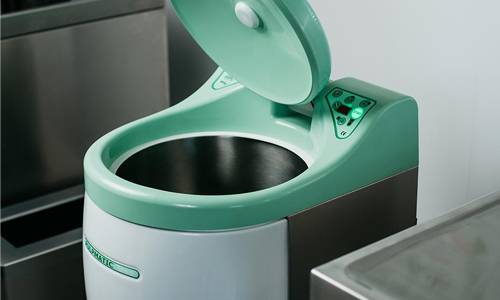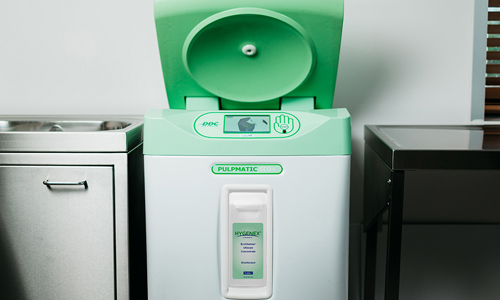What Are The Alternatives To Bedpan Washers?
Choosing your facility’s method of human waste disposal is a major task. You need to be sure that the method you choose will prevent the spread of infection in your facility, as well as meet the standards expected by your country’s health service.
There are a multitude of factors to take into consideration: organizational, environmental, economic and safety.
If you don’t choose a safe solution, the risks posed to your staff and patients could be catastrophic.
If you make a bad investment in a method which does not work for your facility, there could be economic consequences for years or even decades to follow.
As a result, you may be re-thinking about whether your traditional bedpan washer is still the best choice for you.
Bedpan Washer Disinfectors
Bedpan washers are still an effective solution for disinfecting reusable bedpans and present a huge advancement from washing bedpans by hand – which, worryingly, is still commonplace in many countries. Water is directed through fixed and rotating wash nozzles to effectively remove human waste. Steam is then injected into the wash chamber through the nozzles, heating the chamber to 80°C for at least a minute (which is known to kill or denature 99% of harmful bacteria). This process thoroughly disinfects reusable utensils.
Yet they are not perfect.
Purchase and running costs can run quite high. They consume quite a lot of energy through the heating process.
But energy consumption is not just an economic cost – it’s an environmental one too. Furthermore, some of the descalers and detergents required to wash effectively and keep your machine in good working order can negatively affect the environment.
You may have concerns about how long bedpan washer cycles take, and how much productivity time is therefore lost each day. Whilst most machines do not need supervision whilst the wash cycle runs, cycles are quite long – on average between five and ten minutes – which means healthcare workers regularly encounter machines which are already running.
What is the best course of action? Waiting up to 10 minutes for the cycle to finish, or leaving a soiled bedpan in the sluice/dirty utility/pan room for the next member of staff to process? The first option reduces productivity, and the second option could lead to soiled bedpans piling up – presenting a significant risk of infection.
There is also the potential for bedpans to not be fully disinfected by a bedpan washer. Whilst a new or well-maintained machine will perform well, older or neglected machines often fail to heat the chamber to the 80°C required to properly disinfect a bedpan – either because they have been poorly maintained, or so much limescale has built up that the heating filament can no longer function properly.
Although bedpan washers disinfect and eliminate 99% of known microorganisms found on bedpans, they do not sterilise, and therefore do not destroy bacterial spores, including those of C. difficile. Due to the highly contagious nature of Clostridium Difficile and the risk to older people and those with low immunity, limiting the risk to clinicians and patients is both a challenge and a high priority – which can be tackled via other methods of human waste disposal.
What Are The Alternatives?
Washing by hand
Whilst washing bedpans by hand is – technically – an alternative, we would NEVER recommend this. At best it is an unpleasant experience. In worst it is a much more serious issue – presenting a high level of infection exposure risk, wasting hours of clinicians’ time each day, and each time creating a hazard for staff, patients, visitors, and anyone they consequently come into contact with.
Yellow bags
Disposable containers and human waste and can simply be disposed of via yellow plastic bags which are collected by a specialist disposal service. Cheap to buy and with no installation, electricity, water or chemical costs to speak of, they may seem like a potential solution for some healthcare facilities.
However, operational costs are actually very high, and the environmental impact of disposing of waste via bags is enormous.
Moreover, there are inherent risks with bagging your waste. The waste contained in the bag sits in the bin until the bag is full, and every time the bin is opened microbes in the waste can escape – putting anyone nearby at a higher risk of infection. Inevitably, bags can also split, spilling hazardous contents onto the floor. This could happen at any point in your facility when the waste needs to be transported, and would pose a major risk to your patients or residents.

Pulp Macerators
By far the best alternative to bedpan washers are medical pulp macerators.
Instead of reusable metal or plastic bedpans, patients use single-use recyclable pulp utensils. These and their contents are disposed of via a pulp macerator which slices the pulp bedpan and its contents into a super-fine slurry which is then flushed through pipes and into your normal drainage system.
One of the main pros of pulp macerators is the time it saves staff. Disposal cycles last between just one and two minutes, compared to up to 10 minutes for bedpan washer cycles. Macerators are also generally capable of processing more items at a time than bedpan washers. So even if you find that the machine is in use when you arrive at the dirty utility/sluice/pan room, you will not have to wait long until you can use it, and you would never need to leave full bedpans on the side.
They also use much less energy than bedpan washers and are therefore cheaper to run, as the water does not need to be heated. However, you do need to consider the additional cost of needing to constantly replenish your stock of single-use pulp products.
Whilst macerators do produce more waste than bedpan washers, they are far more eco-friendly than yellow bag waste disposal. The pulp products themselves – and of course the waste they contain – are all fully biodegradable, so the environmental impact is minimal.
One of the main criticisms of pulp macerators is that they are more likely to block than bedpan washers due to the build-up of pulp and waste. DDC Dolphin macerators avoid this by providing a continual flow of water rather than a post-maceration ‘dump’ flush, ensuring thorough removal of waste, no build-up of pulp on the sides of pipes, and no blockages.
The risk of C. diff or other HCAI outbreaks is much reduced when using a pulp macerator. If one of your patients is carrying an infection, their waste is immediately disposed of and removed from the facility via the machine. You do not need to worry about whether the bedpan is fully sterilised as is the case with reusable bedpans.
Staff are also safer, as they won’t have to re-handle bedpans which may have not been fully disinfected – the patient gets a new pulp bedpan each time they need to use the toilet.
Whether you choose to use bedpan washers or pulp macerators, DDC Dolphin can help you to break the chain of infection in your hospital or care home. Our range includes top and front-loading washer disinfectors as well as wall-recessed and free-standing pulp macerators to suit any facility’s requirements.
Get in touch to find out how we can help you.
